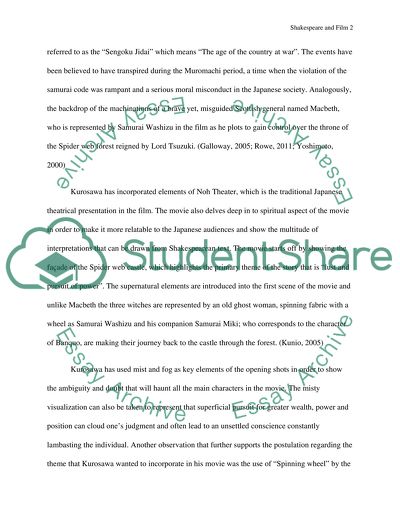Cite this document
(“Shakespeare and Film Essay Example | Topics and Well Written Essays - 1500 words”, n.d.)
Shakespeare and Film Essay Example | Topics and Well Written Essays - 1500 words. Retrieved from https://studentshare.org/visual-arts-film-studies/1438074-shakespeare-and-film-final-essay
Shakespeare and Film Essay Example | Topics and Well Written Essays - 1500 words. Retrieved from https://studentshare.org/visual-arts-film-studies/1438074-shakespeare-and-film-final-essay
(Shakespeare and Film Essay Example | Topics and Well Written Essays - 1500 Words)
Shakespeare and Film Essay Example | Topics and Well Written Essays - 1500 Words. https://studentshare.org/visual-arts-film-studies/1438074-shakespeare-and-film-final-essay.
Shakespeare and Film Essay Example | Topics and Well Written Essays - 1500 Words. https://studentshare.org/visual-arts-film-studies/1438074-shakespeare-and-film-final-essay.
“Shakespeare and Film Essay Example | Topics and Well Written Essays - 1500 Words”, n.d. https://studentshare.org/visual-arts-film-studies/1438074-shakespeare-and-film-final-essay.


